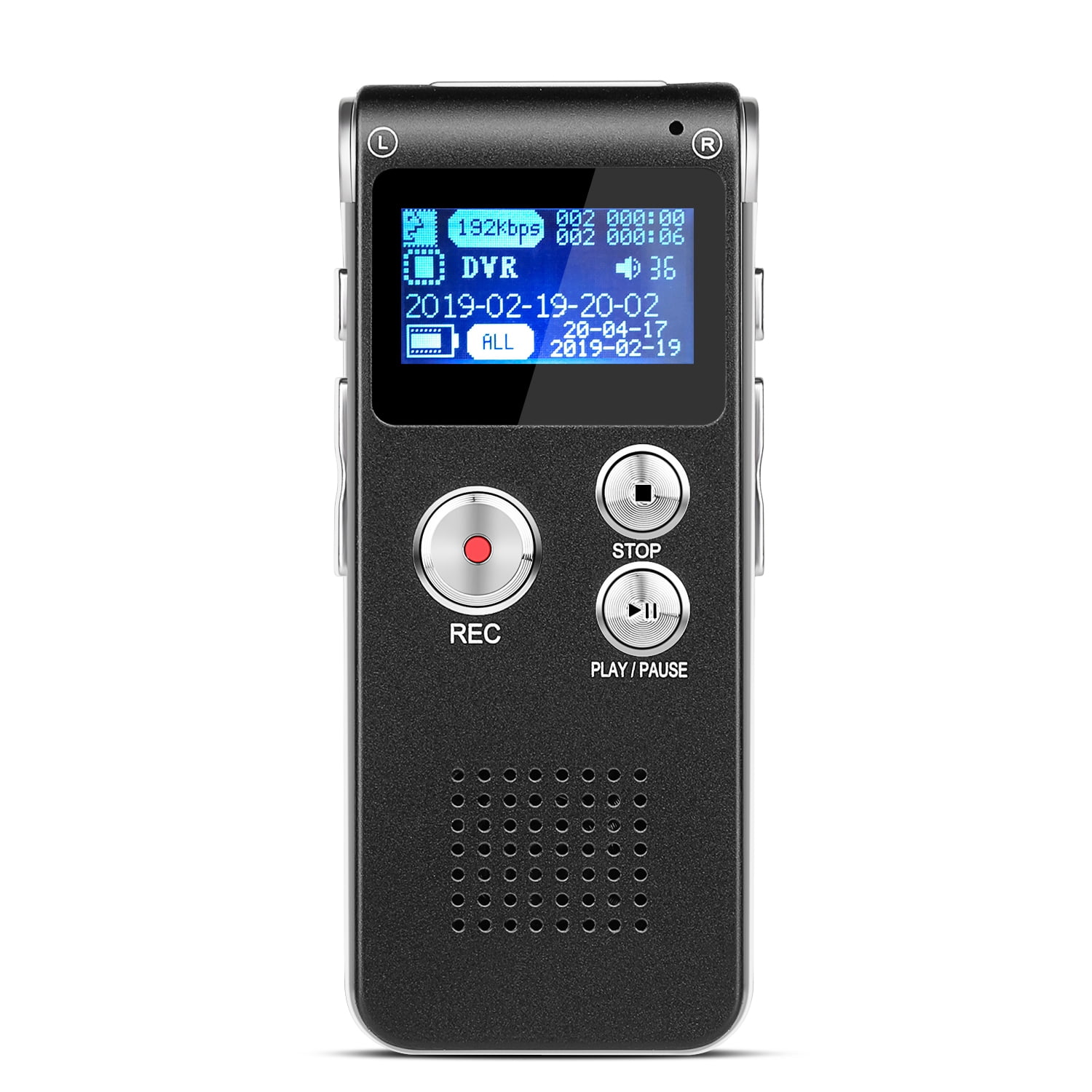
You also can't view online courses if there is no internet connection. A problem with online lectures is that you can't watch them when the video playback is over or a course has expired. Nevertheless, with the benefits of online learning exist its disadvantages. They are flexible and allow you to pause, rewind, fast-forward, and replay at a later timeįrom the comparison above, it is evident that online learning is a massive improvement from traditional learning. Which other features do you think a lecture recorder should have? Leave a comment to let other readers know.The lecture happens once there’s a chance you might miss it

Zoom H1 – excellent sound quality with 2 unidirectional mics placed in X/Y setting, USB port, backlit display, and some other very practical features. Olympus WS-801 – great sound quality, 2 unidirectional mics, long battery life, USB stick, backlit display, voice activation, and enough storage for long lectures. SONY ICD PX333 – decent sound quality, 4 GB internal memory, and overall great value for money. Keeping these features in mind, here are some voice recorders for lectures that have been rated highly by users: In addition to these 10 features, here are some additional things one can consider based on individual needs: This would allow you to save recordings in individual folders that you can sort through easily. If you’re attending multiple classes and don’t want all recordings to land up in the same folder, choose a voice recorder with a file management system. This may not be a must-have feature for everyone, but if it’s dark inside a lecture hall, a backlit display can come in handy. These bookmarks are very helpful in quickly ‘skipping-to’ parts of the lecture recorder during playback later. It is also important for a lecture recorder to have an indexing/marking feature that allows one to add bookmarks while recording. You may not use this feature for anything other than checking if the voice recorder is recording properly, but the feature is important nonetheless. The recorder should have a playback function to allow you to listen to the recording. MP3 files are smaller with average sound quality while WAV files are larger with better sound quality.įor lectures, MP3 quality is quite sufficient. This doesn’t work very well when files are shared with others.Ī voice recorder for lectures should be able to record in MP3, WMA, or WAV format.
Recorder for lectures software#
Some voice recorders require proprietary software to play recordings on a computer. A practical lecture recorder would always have a USB stick, a USB port, or a memory card slot that allows for quick data transfer to external devices. Some voice recorders don’t have an easy way to transfer files to a laptop or computer, which can be quite a pain. Plenty of StorageĪ lecture recorder should have enough storage to record several hours of lectures without having to transfer data to another device.įor shorter lectures, a 2 GB memory would suffice, but for longer (or multiple) lectures, a minimum of 4 GB internal memory or an external memory card slot should be present.
Recorder for lectures how to#
Read: How to Record Classroom Lectures 5. To avoid this, a voice recorder with one or more of the following features is advisable:Ģ- The ability to pause a recording to replace batteries in the middle of a recording.ģ- The ability to record with the recorder plugged into a wall socket. Some voice recorders run on a single AA battery which may run out in the middle of a lecture. low-cut filter) can go a long way in minimizing these sounds on the recording. Most lecture halls have some form of background noise – from a general hum to loud talking in the background.Ī voice recorder with the noise cancellation feature (a.k.a. And voice recorders with two built-in microphones deliver significantly better audio quality than those with a single microphone. Unidirectional microphones are best suited for this situation. So the microphones of the voice recorder should be sensitive enough to capture sound from a distance.Īlso, if the lecturer moves around while talking then the microphones would need to have a wider range of acceptance while still blocking out ambient noise. When attending lectures, you will be seated some distance away from the speaker (even if you are in the front row). Good sound quality is directly proportional to the quality of microphones in the recorder. However, if you plan to share the recording with others or send it for transcription, you would need clear, high quality audio.

If the recording is for your personal use, then average sound quality may suffice (for e.g. This is a no-brainer of course, but good sound quality is relative to how you use the recording so it’s worth giving some thought. Thinking of buying a lecture recorder? Here are 10 essential features you should look for – and 3 very popular lecture recorders that people love and recommend.


 0 kommentar(er)
0 kommentar(er)
